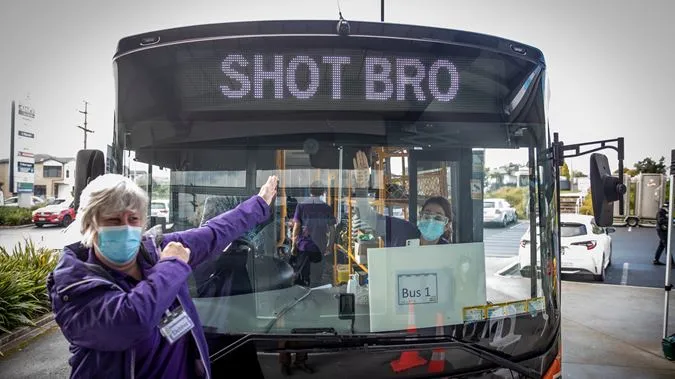Do the makers of transport decisions on Auckland Council and Auckland Transport live in the real world? It would seem not. These are presumably highly paid individuals who sit at desks all day in a theoretical (make-believe) world rather than a practical (real) world. These people have power and they intend to use it. Fortunately, at the moment, their role is limited to one of encouragement. God help us if ‘Five Options’ ever gets legislated for. Bus, train, ferry, bike or walk. Personally, I wouldn’t put it past them.
Let’s look at these options individually:
Bus
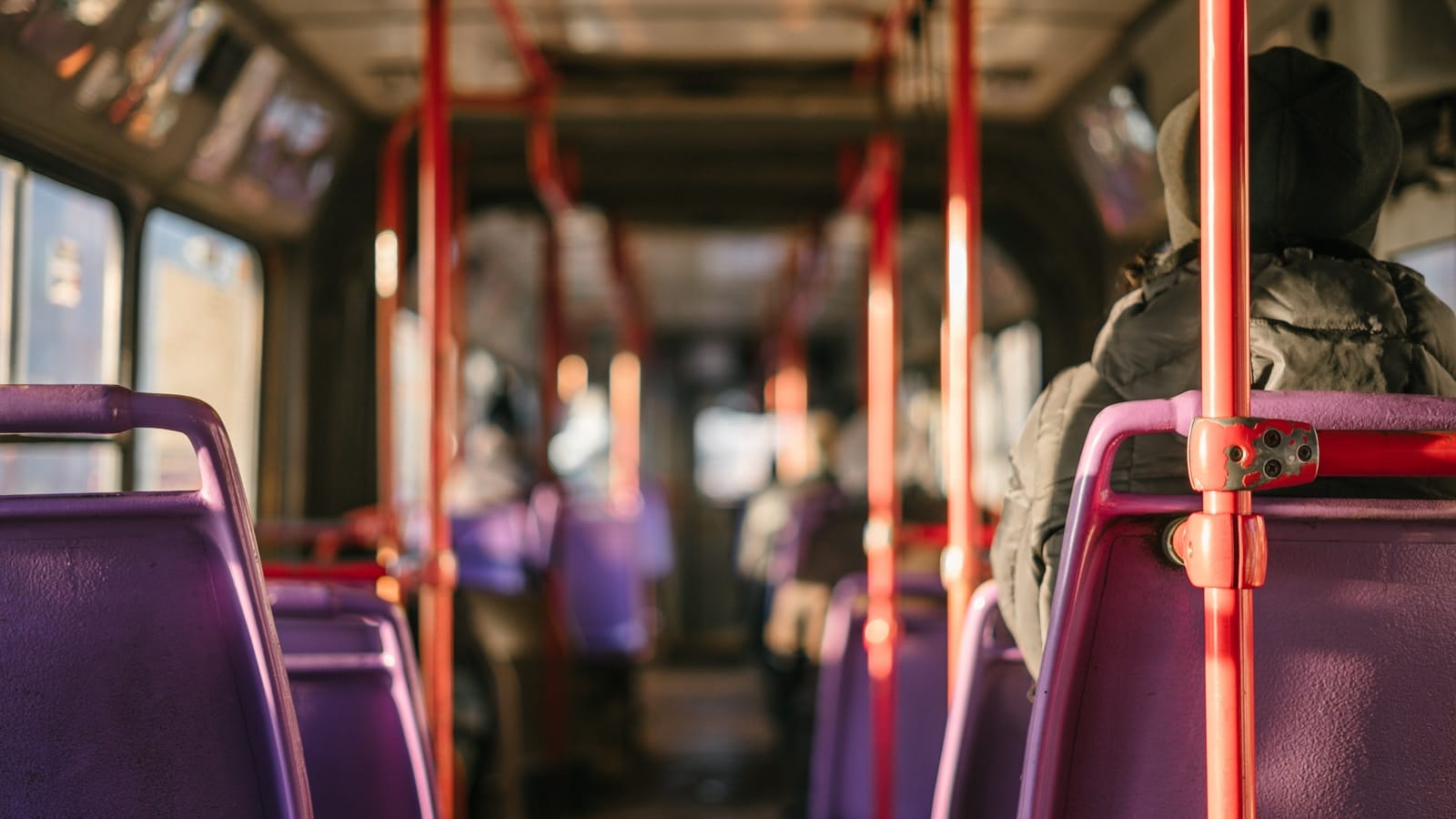
There might be a shortage of drivers but certainly not of buses. Hundreds of trips are being cancelled each day and I have yet to hear a public outcry. What does that tell you?
Mainline services such as the Northern Express, Botany to Britomart, and routes like Mt Eden Road are well patronised with frequent services. That’s where the good story for buses ends. Localised routes in other areas need urgent attention as using hundreds of 40-seater buses to ferry approximately 3 to 6 people around at any one time is surely not a good use of taxpayer money. Nor does it help in cutting carbon emissions. This is not something that is peculiar to Auckland. Other cities around the world, bigger than Auckland, have near-empty local buses also.
Train
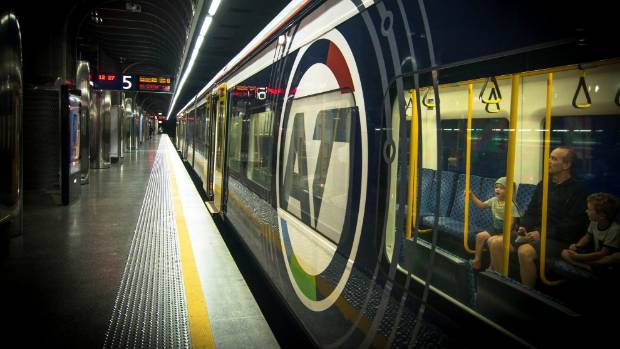
Auckland Train services are on the whole frequent and reliable, barring electrical faults on the lines. A recent positive is the electrification of the line from Papakura to Pukekohe, a job that has taken far too long. A recent negative is terminating the Onehunga service at Newmarket and then running it empty to the Strand and back. This seems somewhat illogical.
Ferry
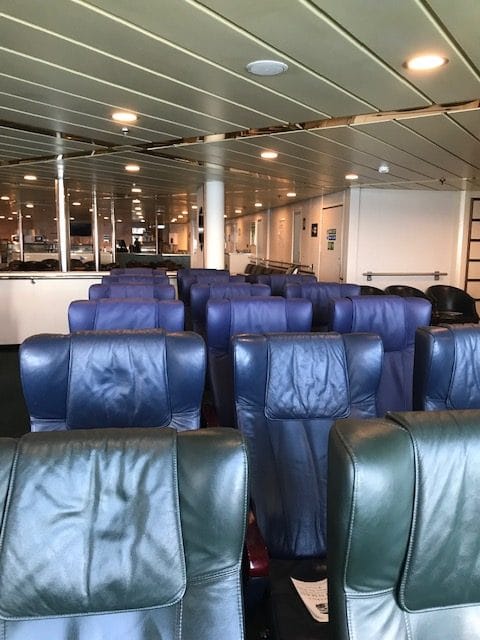
In my view, this is a form of transport with the most potential for increased patronage. A to B with few stops in between. The only negatives are weather-related and do not affect most of the year.
Bike
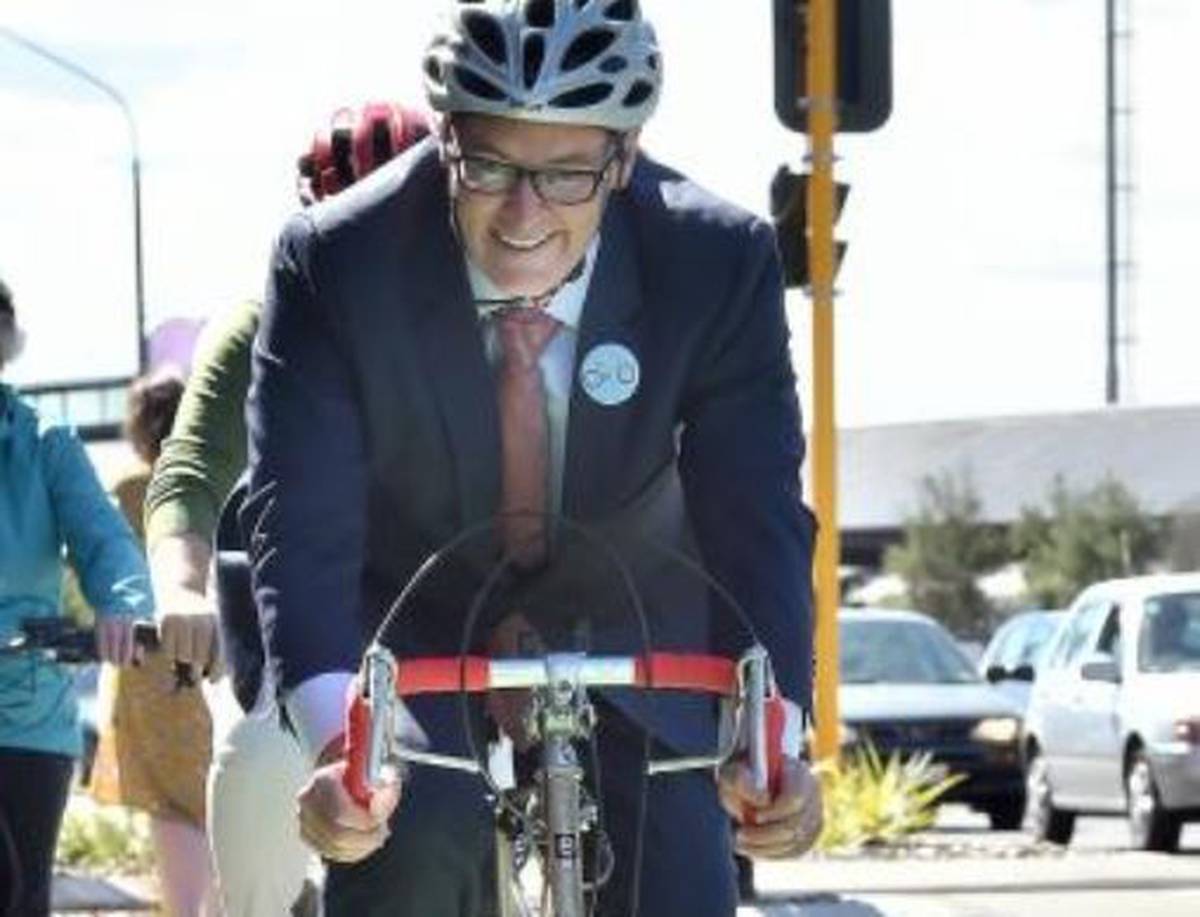
A huge negative to cycling in Auckland is its topography. Auckland is the opposite of a flat city. Even where the cycleways are flat they are hardly used. Before wasting any more money on them those behind the desks should be asking themselves why. Even in Christchurch, a flat city, only about 6% of the population cycles to work.

Walk
A positive way of getting exercise. Also a good way of risking a fall or a twisted or broken ankle. There are as many potholes on the footpaths as on the roads. Fix the footpaths first. Again, even after all that money would be spent, only a small percentage would walk to work.
This week Auckland Council came up with some proposals and targets that were so far-fetched they were laughable. Their ideas are impractical and not even remotely feasible.
Auckland Council and its ratepayer-expensive offshoot need to face reality. Since losing the trams in 1956 combined with its expansion in area, Auckland has increasingly become a car city. This, in most instances, is the quickest way to get from A to B whether for work or family commitments. It’s a combination of the time it takes with the reason for the journey. The boffins, or should that be buffoons, attached to Council have chosen to ignore this in their decision-making.
They have come up with a policy, in part, of ‘on yer bike’. They want the percentage of people cycling to increase from under 0.5% now to 17% by 2030. In eight years. As Heather du Plessis Allan has pointed out, that clearly won’t happen.
A survey done by the Council some time ago but only recently released shows 78% of Aucklanders want no more money spent on cycleways, effective immediately. They want both improved public transport and roads.
It’s time those on Auckland Council started listening to those they are paid to represent.

